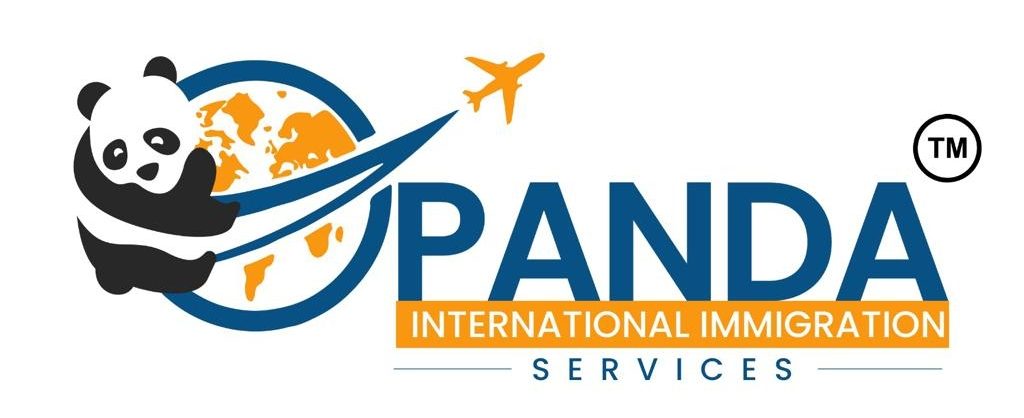The number of international students in Kazakhstan reached 31,500 last year, marking an all-time high as the Central Asian destination strives to attract 100,000 students from abroad by 2028.
“We’ve launched a new campaign called Study in Kazakhstan … It’s attracting talent, it’s building reputation: so far, so good,” Kazakhstan’s minister for science and higher technology, Sayasat Nurbek, told The PIE News.
For the first time, the number of students coming to Kazakhstan from Asia exceeded that of students from Commonwealth of Independent States (CIS) countries of the former Soviet Union, with the largest cohorts coming from India, Russia and China, Nurbek explained.
The influx of more than 3,000 Russian students reflects a reversal of the traditional flow of students from Kazakhstan into Russia, as the Russia-Ukraine war continues to reshape Eurasia’s international education landscape.
Transnational education is becoming one of the great tools to actually deliver on education’s great promise
Sayasat Nurbek, Kazakhstan Government
“Historically, Russia and Ukraine were academic mobility hubs, but Ukraine is out of the picture and Russia went out of the Bologna Process two years ago, so a lot of students in the region are now looking for alternatives,” said Nurbek, referring to the intergovernmental agreement on European higher education.
A major strand of Kazakhstan’s internationalisation strategy is to attract investment from international universities, with nearly 40 TNE partnerships established in the past three years, including five branch campuses.
“We’re trying to work for the wider region of greater Eurasia where over half of the two billion people are under the age of 25,” said Nurbek, adding that Kazakhstan was experiencing a “demographic explosion” fuelling the demand for higher education.
The latest partnership – which Nurbek called the “gem of gems” – was established between Colorado School of Mines and Nazarbayev University (NU) in Kazakhstan to develop NU’s research capacity and graduate program, and to recruit faculty to work at the university.
Among the institutions opening branch campuses are Cardiff University, Coventry University and De Montfort University in the UK, as well as Woosong University in Turkestan and KAIST, South Korea’s first public research university.
Kazakhstan’s ambitious TNE strategy is being spearheaded by generous government incentives, with land provided for free for universities setting up “bricks and mortar” campuses, according to Nurbek.
“We consider our academic partners as strategic investors, so they are given the same tax preferences,” he said.
“We support them financially for at least five to 10 years, so they have enough public funding to make their branch campus sustainable and then they have big flows of foreign students to continue to make money.”
Meanwhile, the partnerships aim to address the pressing demand for higher education in Kazakhstan, as well as widening opportunities for domestic students.
“TNE is becoming one of the great tools to actually deliver on education’s great promise … we are now seeing it as a remedy to dramatically increase the quality of education and to widen access not only to students in Kazakhstan but also to the wider region,” said Nurbek.
The post International students in Kazakhstan reach all-time high appeared first on The PIE News.

